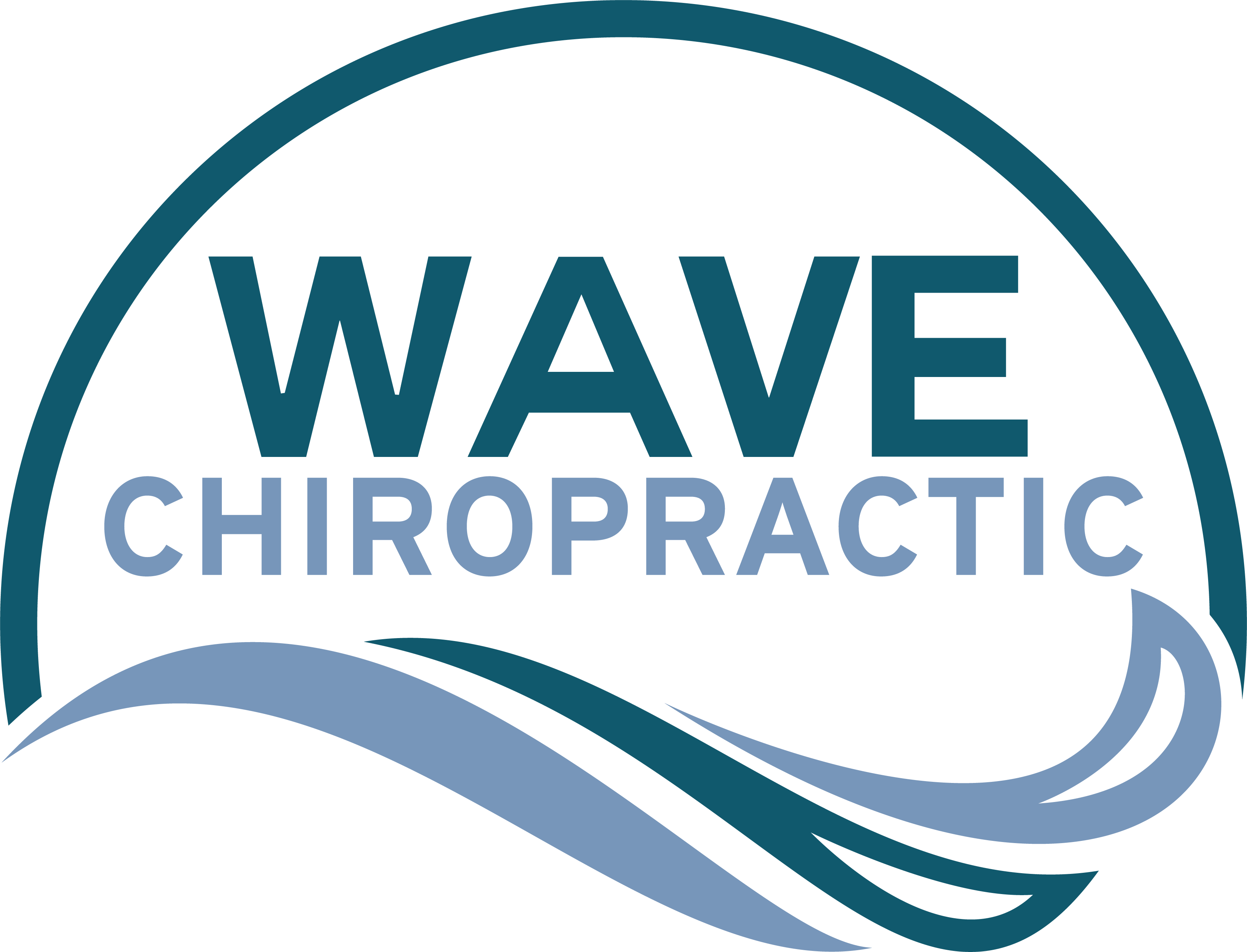As you consider the future of athlete recovery in 2025, think about how advanced wearable technology and AI will reshape the landscape. You'll see real-time analytics providing personalized insights tailored to each athlete's unique physiology. Alongside this, innovative recovery techniques and nutrition strategies will come into play, but what about the mental aspect of recovery? Understanding how this holistic approach can enhance performance may lead you to surprising conclusions about what it means to truly recover. What might these insights reveal about the future of athletic excellence?
The Role of Technology
Technology plays a pivotal role in maximizing athlete recovery. You've likely noticed how advanced tools and devices are changing the way athletes bounce back from intense workouts and competitions. From wearables that track your biometrics to recovery apps that guide your routines, these innovations are designed to optimize your recovery process.
One of the most significant advancements in this area is the use of wearable technology. Devices like smartwatches and heart rate monitors provide real-time data about your body's performance and recovery status. By analyzing this information, you can identify when it's time to push harder or when you need to rest. This data-driven approach allows you to tailor your training and recovery strategies effectively.
Another game-changer is the rise of recovery technologies, such as pneumatic compression devices and electrical stimulation units. These tools help reduce muscle soreness and accelerate recovery by enhancing blood flow and reducing inflammation. Incorporating these technologies into your routine can lead to quicker recovery times, allowing you to return to peak performance sooner.
Moreover, virtual reality and immersive training tools are beginning to play a role in mental recovery. Engaging in VR environments can help you relax and focus on mindfulness, which is essential for overall recovery.
Ultimately, leveraging these technological advancements can empower you to take control of your recovery, ensuring you stay at the top of your game and ready for the next challenge.
Nutrition Innovations for Recovery
Nutrition plays an essential role in optimizing athlete recovery, and recent innovations are transforming how you replenish and repair your body post-exercise. Advances in sports nutrition aren't just about consuming more protein; they're about timing, quality, and new formulations that enhance recovery.
You might consider incorporating plant-based protein powders that offer the same amino acids as traditional sources but with added nutrients and antioxidants. Many of these innovations use novel ingredients like spirulina or pea protein, which can reduce inflammation and speed up muscle repair.
Another exciting development is the rise of functional foods designed specifically for recovery. These foods often contain a mix of probiotics, healthy fats, and adaptogens, which may help balance stress hormones and support gut health. Imagine sipping on a recovery smoothie packed with turmeric, ginger, and omega-3-rich seeds—it's a delicious way to fight inflammation and promote healing.
Moreover, advancements in hydration solutions can drastically improve your recovery. Electrolyte drinks now come infused with minerals that help maintain fluid balance while also including amino acids that support muscle recovery. This holistic approach to hydration is essential, especially after intense training sessions.
Lastly, meal delivery services are emerging that cater specifically to athletes, offering personalized meal plans based on your training regimen and nutritional needs. These services can minimize the guesswork and guarantee you're fueling your body with the right nutrients at the right times.
Personalized Training Approaches
Recovery isn't just about what you eat; it's also about how you train. To maximize your recovery, you need a training approach tailored specifically to your needs, goals, and physical condition. This personalized strategy guarantees that you're not just pushing your limits, but also respecting your body's unique demands.
Start by evaluating your current fitness level and understanding your sport's requirements. Are you focusing on strength, endurance, or agility? Each athlete has different needs, and your training should reflect that. Incorporate various training modalities—like strength training, cardiovascular workouts, and flexibility exercises—to create a balanced routine.
By diversifying your training, you provide your body with the stimulus it needs to adapt and recover effectively.
Next, pay attention to your recovery periods. Rest isn't a sign of weakness; it's an essential component of your training. Incorporate active recovery days, where you engage in low-intensity activities to promote blood flow without overexerting yourself.
Listen to your body's signals; if you're feeling fatigued, adjust your training intensity accordingly.
Additionally, consider using technology to further personalize your training. Wearable devices can track your heart rate, sleep quality, and recovery metrics, giving you valuable insights.
With this data, you can fine-tune your training loads and recovery strategies.
Advanced Recovery Techniques
Advanced recovery techniques can markedly enhance your performance and well-being. By incorporating cutting-edge methods into your routine, you can optimize your recovery process and elevate your training outcomes.
One of the most effective techniques is cryotherapy. Exposing your body to extremely low temperatures can reduce inflammation and accelerate muscle recovery. You might consider visiting a cryotherapy center or investing in an at-home device for convenience.
Another valuable technique is active release therapy (ART), which focuses on releasing tension in muscles and fascia. You can work with a certified ART practitioner to identify tight spots in your body and receive targeted treatment. This can improve flexibility and reduce the risk of injury.
Compression therapy is another advanced recovery method you should explore. Wearable devices, like compression sleeves or pneumatic boots, can boost circulation and decrease muscle soreness. These devices are easy to use during downtime, allowing you to recover while resting.
Infrared saunas are also gaining popularity. They provide deep tissue warmth that promotes relaxation and alleviates muscle stiffness. Spend a few sessions a week in an infrared sauna to enhance your recovery and overall health.
Finally, consider using electrical stimulation devices. These can provide muscle relaxation and improve blood flow, complementing your recovery strategy.
Mental Health and Recovery
While physical recovery techniques are vital for athletes, mental health plays an equally important role in your overall performance and well-being. You mightn't realize it, but your mental state can greatly impact your recovery process. Stress, anxiety, and depression can hinder your physical performance and delay recovery, making it imperative to prioritize your mental health alongside your training regimen.
To support your mental well-being, consider incorporating mindfulness practices like meditation or yoga into your routine. These techniques can help you become more aware of your thoughts and feelings, promoting a sense of calm and focus.
Additionally, taking time for self-reflection can help you identify stressors and develop coping strategies, allowing you to manage challenges more effectively.
Engaging with a sports psychologist can also be a game-changer. They can provide tools to enhance your mental resilience, ensuring you're better equipped to face the pressures of competition.
Remember, it's important to communicate with your coaches and teammates about how you're feeling. Building a support system can create a positive environment that fosters mental strength.
Lastly, don't underestimate the power of rest. Allowing yourself downtime to recharge mentally can prevent burnout and keep your mind sharp.
Future Trends in Recovery
As you explore the future of athlete recovery, you'll notice exciting advancements in wearable technology that track your body's response in real-time.
These innovations are paving the way for personalized recovery protocols tailored specifically to your needs.
Get ready to embrace a new era where recovery is as unique as your performance.
Wearable Technology Advancements
Wearable technology is transforming the landscape of athlete recovery by providing real-time data that helps optimize performance and well-being. These advancements allow you to monitor essential metrics like heart rate, muscle strain, sleep quality, and hydration levels, all from the convenience of your wrist or clothing.
As technology evolves, you'll see wearables becoming even more sophisticated, incorporating AI to analyze your performance data and suggest recovery strategies tailored to your needs.
Imagine waking up and checking your wearable device to see your recovery score based on overnight sleep quality and daily activity. You'll receive personalized insights that guide your training sessions, ensuring you push your limits without risking injury.
Wearables are also integrating features like stress management tools, allowing you to track your mental well-being alongside your physical recovery.
With these advancements, staying in tune with your body becomes easier than ever. You'll be equipped to make informed decisions, whether you need extra rest or can ramp up your training intensity.
Embracing wearable technology means you're not just training harder, but smarter—maximizing your recovery and enhancing your overall athletic performance.
Personalized Recovery Protocols
In the near future, personalized recovery protocols will revolutionize how you approach your training and recovery. By integrating advanced data analytics and wearable technology, you'll receive tailored recommendations based on your unique physiology, performance metrics, and recovery needs. This means no more one-size-fits-all solutions; instead, you'll follow a recovery plan specifically designed for you.
Imagine receiving real-time feedback on your body's response to training, allowing you to adjust your recovery strategies instantly. Whether it's optimizing sleep schedules, nutrition plans, or specific rehabilitation exercises, these protocols will guarantee you're always in peak condition.
You'll also have access to AI-driven platforms that analyze your progress and adapt your recovery regimen to maximize your results. As you embrace these personalized protocols, you'll likely notice improved performance and reduced injury risks.
You'll recover faster and train smarter, leading to a more sustainable athletic career. With continuous learning and adaptation, your recovery will become as dynamic as your training. In 2025, you'll find that personalized recovery isn't just a trend; it's the key to releasing your full potential as an athlete.
Conclusion
In 2025, maximizing your recovery means embracing cutting-edge technology and innovative nutrition strategies. By harnessing AI-driven insights and personalized training, you can optimize your performance like never before. Advanced recovery techniques, such as cryotherapy and compression therapy, will enhance your healing process, while prioritizing mental health guarantees you stay focused and resilient. As you adopt these holistic approaches, you'll not only boost your performance but also pave the way for sustainable success in your athletic journey.

